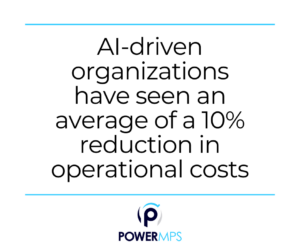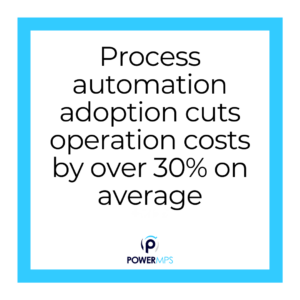Jevons paradox, an economic theory from the 19th century, posits that as resource efficiency improves, consumption of that resource tends to increase rather than decrease. This counterintuitive concept, when applied to artificial intelligence (AI), offers fascinating insights into the future of technology and its impact on businesses and society.

Understanding Jevons Paradox in the Context of AI
At its core, Jevons paradox suggests that technological progress which increases the efficiency of resource use can lead to increased consumption due to growing demand. In the realm of AI, this translates to the idea that as AI systems become more efficient and accessible, their usage and the resources they consume might actually increase.
Potential Impacts on AI and Its Marketplace
- Increased Adoption and Integration As AI becomes more efficient and cost-effective, businesses across various sectors are likely to adopt it more widely. This could lead to AI being integrated into more processes and products, potentially increasing overall computational resource consumption.
- Expansion of AI Applications Improved efficiency might enable AI to tackle more complex problems, opening up new markets and applications. This expansion could drive up demand for AI services and the underlying computational resources.
- Energy Consumption Concerns While individual AI models may become more efficient, the proliferation of AI usage could result in higher overall energy consumption, raising environmental concerns.
- Data Demand Surge More efficient AI might process data faster, but it could also create a demand for even larger datasets, potentially straining data storage and processing infrastructure.
- Skill Set Evolution As AI becomes more prevalent, there may be an increased demand for AI-related skills, reshaping the job market and educational priorities.
Key Insights for Business AI Investment
- Efficiency Doesn't Guarantee Resource Reduction Businesses should be aware that investing in more efficient AI systems may not necessarily lead to reduced resource consumption. Instead, it might enable more extensive use of AI, potentially increasing overall resource needs.
- Scalability is Crucial As AI efficiency improves and usage expands, businesses need to ensure their infrastructure can scale accordingly. This includes not just computational resources, but also data management and energy supply.
- Holistic Approach to AI Strategy When considering AI investments, businesses should take a comprehensive view. This includes assessing the potential for increased AI usage across different departments, the impact on overall resource consumption, and the need for new skills and training programs.
In conclusion, while Jevons paradox presents challenges in terms of resource management and sustainability, it also highlights the transformative potential of AI. As businesses navigate this landscape, they must balance the drive for efficiency with responsible resource management and strategic foresight. The paradox serves as a reminder that technological progress often comes with unexpected consequences, urging us to approach AI development and adoption with a nuanced, forward-thinking
Authored and published by Mitchell Filby, Managing Director at First Rock Consulting.




